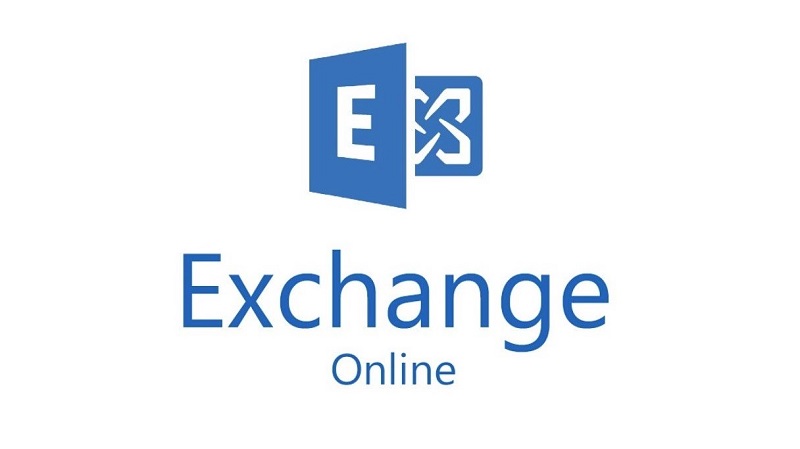The Complete Guide to Exchange Online

In today’s fast-paced business world, it’s never been more important for organizations to be able to respond quickly to changing market conditions and customer demand. To help businesses of all sizes in doing so, Microsoft offers its users a range of cloud solutions that enable collaborative working practices and the storing of data in remote servers rather than local servers. And one of these solutions is Exchange Online: an email platform that can help you streamline your organization and simplify collaboration with colleagues.
What is Exchange Online?
Exchange Online is a cloud-based email platform offered as part of Office 365 or as a stand-alone service. Exchange Online is a subscription-based service that can be accessed remotely by authorized users on Virtual Desktop through a web browser. All data is hosted remotely, and is, therefore, more secure: businesses don’t need to stress about on-site data breaches or hardware failure.
Business benefits of using Exchange Online:
- Access to your Exchange Server mailbox.
- A unified inbox for all mailboxes in the organization.
- Customizable email branding and color theming.
- One-click archiving and retention compliance with regulatory needs.
- Faster, more dedicated email services thanks to built-in redundancy.
1. Shared mailboxes
A shared mailbox enables multiple users to access the same mail, contacts, and other data that is stored in a single mailbox. This is especially useful for companies that have multiple people managing customer support messages.
2. Exchange Online Archiving
Exchange Online Archiving is a new web-based service that allows you to archive email messages, attachments, and items in your mailboxes to Microsoft storage. With the help of Exchange Online Migration, you can preserve your mailbox items in the cloud so that they can be recovered at any time. This is particularly useful when you’re working with large amounts of email, attachments, or files in Outlook and want a convenient way to save them for later use. If you need more granular control when it comes to the retention of your email data, you can set up additional archive mailboxes which are located under the Archive tab in your user profile properties. This will allow you to set retention policies on individual items as well as create specific archives for specific types of items such as meeting request emails and order confirmations.
3. Exchange Online Protection
Exchange Online Protection is a cloud-based filtering service that uses antivirus technology to scan remote and local emails for viruses and spam. It even scans attachments for malicious code.
The main role of EOP is to provide an additional layer of security to your organization’s Exchange environment by delivering additional controls over user access and rights management.
4. Exchange Online Compliance
Compliance is the process by which organizations ensure that they are adhering to legal and regulatory requirements. It involves monitoring activities, reviewing documentation, and taking any required steps to ensure that an organization’s policies and procedures are being followed.
Data loss prevention can also be used to protect sensitive information such as credit card numbers and other sensitive information. It can be integrated with Exchange Online to help prevent sensitive data from being accidentally leaked.
Conclusion
Office 365 is a flexible and scalable enterprise solution that offers a user-friendly interface and a wide range of business features. The Microsoft specialists at Apps4Rent can implement Exchange Online into your business, train your users, and manage the environment for maximum security and optimal performance. Apps4Rent even has expertise in providing top-level Cloud PC Services and support to their clients, which makes them ideal partners to designate for the service.